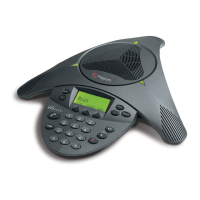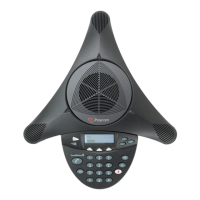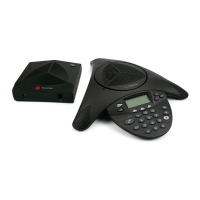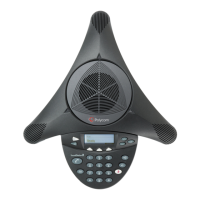THE "BRAIN" MODEL OF INTELLIGIBILITY IN BUSINESS TELEPHONY
Polycom, Inc. Page 4 of 8
Figure 1.
The BRAIN Model of Physical Speech Communication
For these reasons, the physical elements of speech are the most critical line of defense. If
speech is clearly conveyed to the listener in the first place, remaining ambiguities will be
less frequent and the meeting will proceed more smoothly.
The Physical Elements of Intelligibility
There are five critical parameters in the physical communication of speech: bandwidth,
reverberation, amplitude, interaction, and noise. Together, these form the BRAIN model.
These five parameters constitute the foundation upon which speech comprehension and
talker identification rest in business audio communication.
Bandwidth
is the amount of speech bandwidth that is carried to the listener. Telephones,
which are limited to the band 300 Hz to 3.3 kHz, carry only 20 percent of the frequencies
that are present in human speech. In contrast, some modern business audio systems, such
as videoconferencing systems, next-generation telephones, and cellular telephones, carry
frequencies as high as seven or 14 kHz.
Reverberation
measures the amount of room echo that occurs between the talker and the
microphone. Reverberation, which makes speech more difficult to understand, is strongly
affected by room characteristics (hard, reflective walls, floor, and ceiling), room size, and
the orientation between the speaker and the microphone. If the microphone is not pointed
at the speaker or is more distant, a greater proportion of the sound picked up by the
microphone will be reverberation instead of direct speech, and the end result will be a
decrease in intelligibility.

